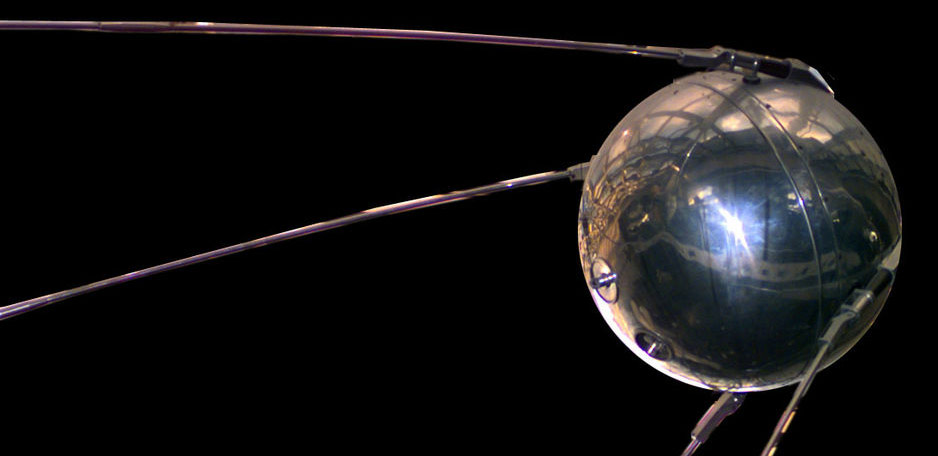
60th Anniversary of Sputnik
October 2017 :
In his 1981 autobiography Danse Macabre, horror writer Stephen King recounts an afternoon at the movies with his friends, when suddenly the film stopped, the lights all came up, and the theater manager walked out on to the stage to inform his audience that the Russians has just launched a satellite into space. The date: October 4, 1957. This event is said to have inspired “profound fear in him," and was, for him, his “personal introduction to ‘real horror.’”
The object in question was a beachball-sized polished metal sphere, with four external radio antennae. It was visible all around the Earth, and was responsible for the so-called Space Race, the Cold War, and ultimately the lunar landings pushed by President John Kennedy.
The little ball was launched during the International Geophysical Year, interesting, as President Dwight Eisenhower in 1955 had suggested the U.S. would be prepared to launch a satellite that year, also; but, it wasn’t to be. During its time in space, Sputnik zoomed around the Earth at 18,000 miles per hour, making an orbit every 96 minutes. Its beeping signals, which were captured by amateur radio operators around the world, continued for three weeks, until its batteries wore out. The satellite itself reentered our atmosphere on January 4th, 1958, after completing 1440 orbits around the Earth. Its 70 million mile trek changed the course of American history and technology, leading to one of the most important missions in history, the American push for human lunar exploration. Stephen King was right. Sputnik was a game-changer, not only for him, personally, but for the American scientific direction in the decade of the 1960s.



